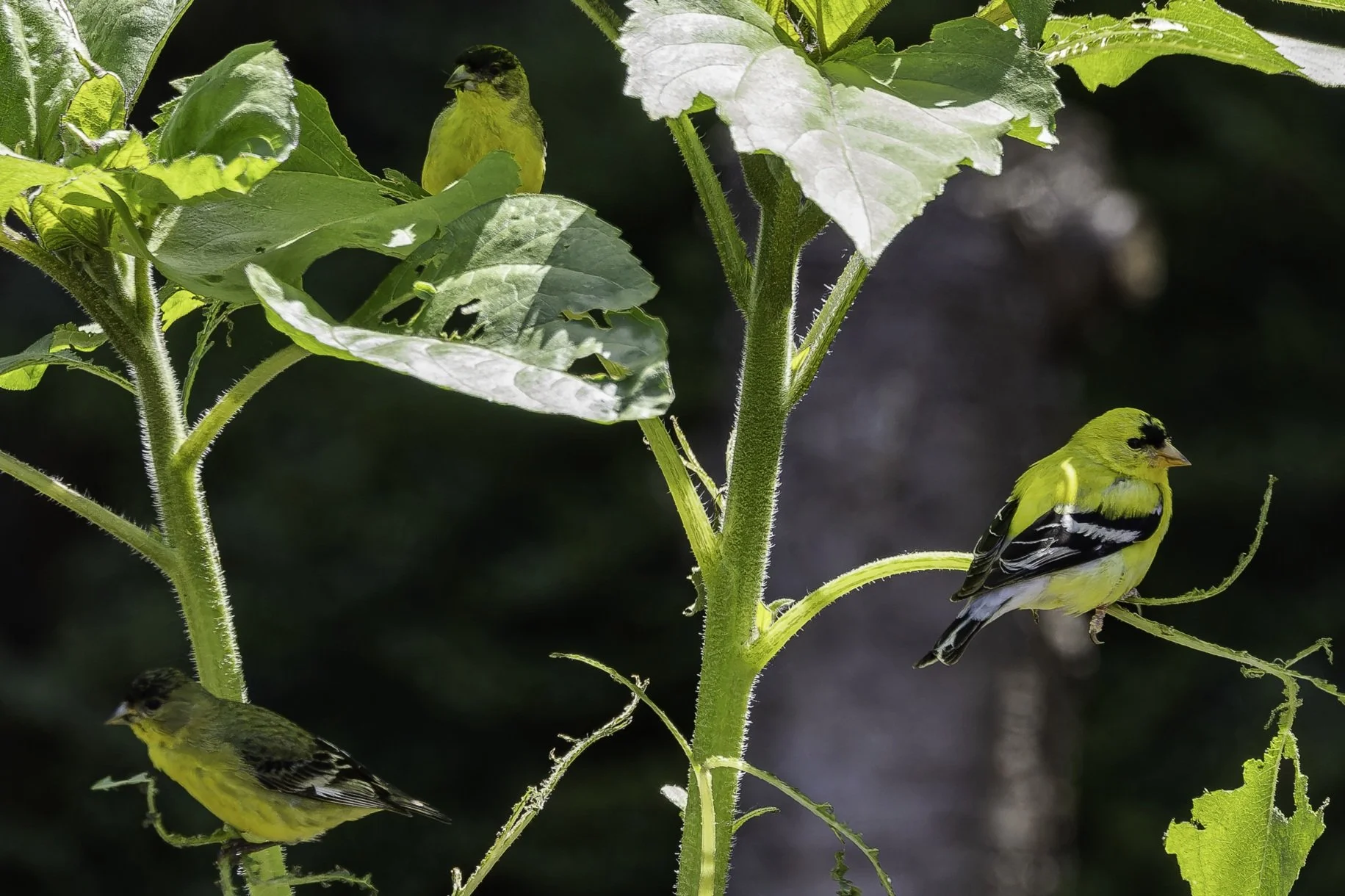
Animals
Our garden is adjacent to acres of forest trees, whose resident birds and critters often visit our garden. We’ve taken steps to encourage more visitors who may be nesting, migrating through or even looking to take up residence.
Below are photos we’ve taken of some our garden visitors:
Mammals
Without a doubt, the cutest inhabitants of our garden… and some of the most mischievous. During veggie growing season, I can find hollowed out tomatoes, nibbled cucumbers, toppled sunflowers, shaved lettuce, and lots and lots of dug holes. But, hey, if something isn’t eating your plants, then your garden isn’t part of the ecosystem. :) We have a number of chipmunks that live in our garden, in burrows between boulders. Occasionally a ground squirrel makes use of burrows under the catio. But most are frequent visitors from the forest across the street, hitting up the garden salad bar or Tweet Tomatoes, our bird feeder zone. We have a raised bed out front that serves as the ‘deer buffet’ where they stop by to munch on yummy veggies and flowers.
Nearly all of these photos were taken by us in our garden of our mammal visitors - (N) denotes a native species to our area. Only the few identified as *** PLACEHOLDER are public photos.
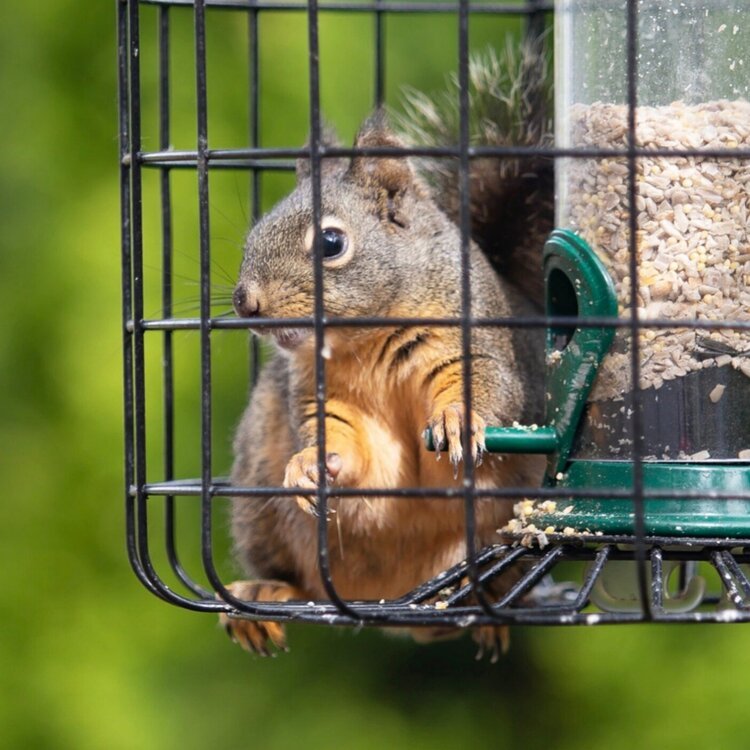
Douglas Squirrel (N)

Douglas’ Ground Squirrel (N)

Golden-mantled Ground Squirrel (N)

Townsend’s Chipmunk (N)

Western Gray Squirrel (N)
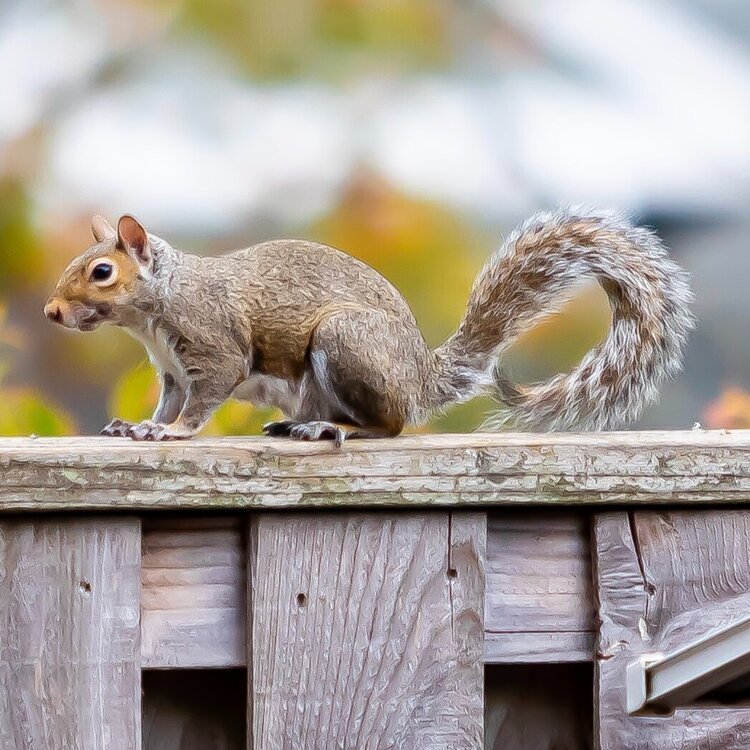
Eastern Gray Squirrel

Eastern Fox Squirrel
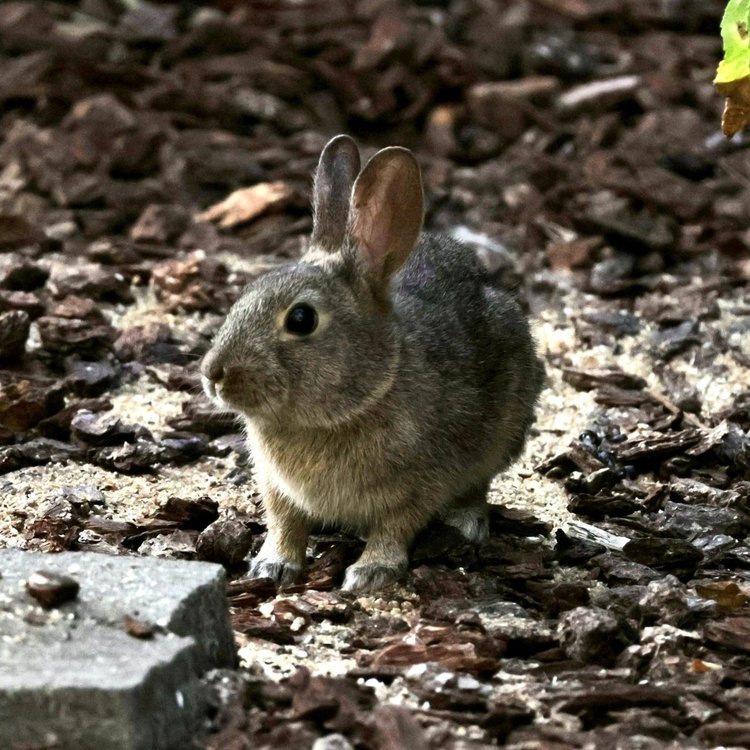
Brush Rabbit (N)

Columbian Black-tailed Deer (N)

Raccoon (N)

Piñon Mouse

Little Brown Myotis Bat (N) *** PLACEHOLDER
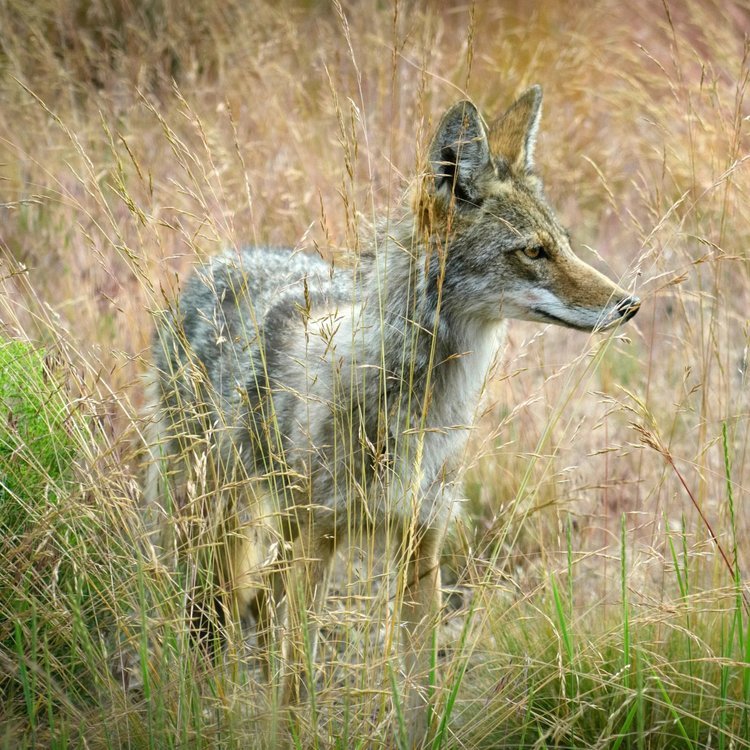
Coyote *** PLACEHOLDER
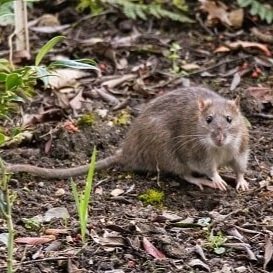
Norway Rat *** PLACEHOLDER
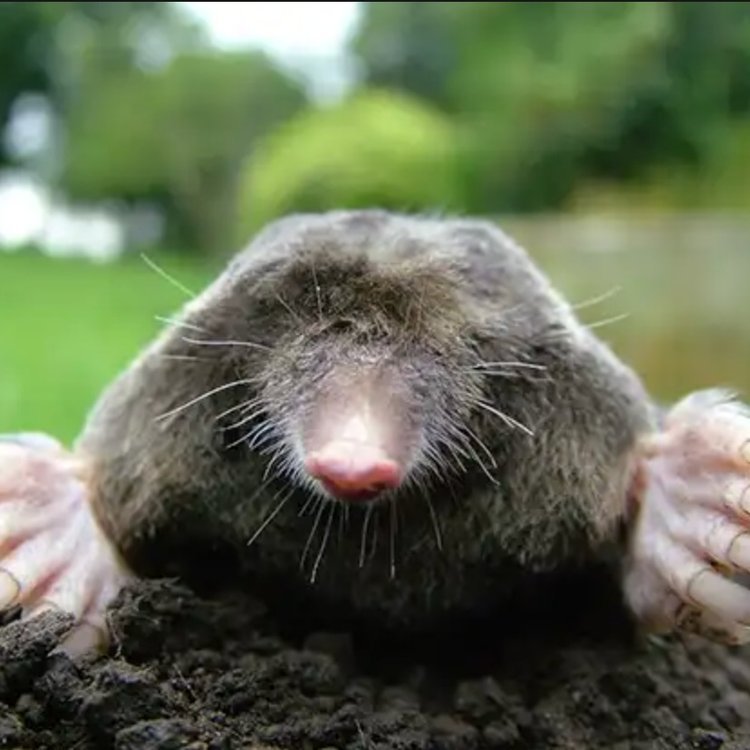
Townsend’s Mole (N) *** PLACEHOLDER
Dragonflies & Damselflies
Odonata is my biggest naturalist passion - I just love them and we travel Oregon striving to photograph as many species as we can. We’ve photographed 14 species of odonates in our garden so far, a few featured below. I have a special iNaturalist project for our all our odonate observations across Oregon, and you can view more photography on the Dragonflies page.

Blue-eyed Darner

Cardinal Meadowhawk

Pacific Spiketail

Blue Dasher

California Spreadwing
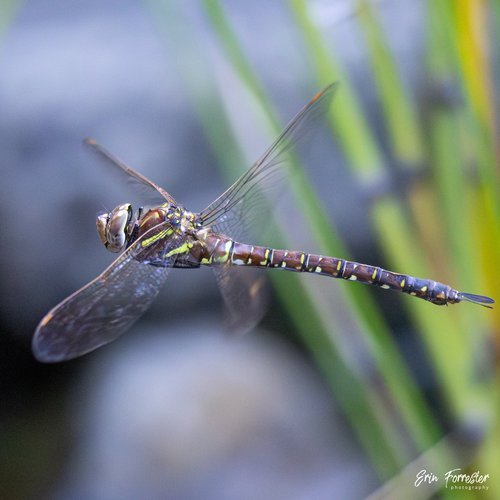
Shadow Darner

Vivid Dancer

Eight-spotted Skimmer

Olive Clubtail
Bumble Bees
From what I’ve researched, there are roughly 30 species of bumble bees native to Western North America, half of which are present in the Willamette Valley area of Oregon where we live. I’m thrilled to have taken photos of at least 7 species of bumble bees in our garden so far! Bumble bees are a favorite of mine - large, fuzzy, easy to hear and spot, and they just seem so joyful.

Yellow-Faced Bumble Bee (Bombus vosnesenskii)
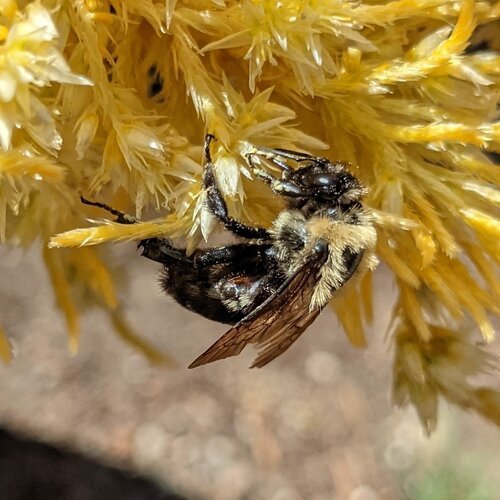
Brown-belted Bumble Bee (Bombus griseocollis)
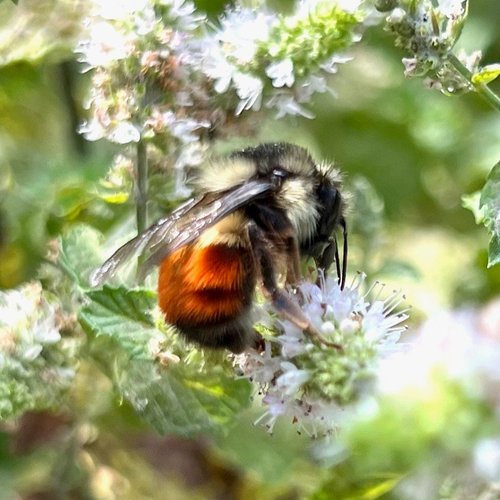
Black-tailed Bumble Bee (Bombus melanopygus)
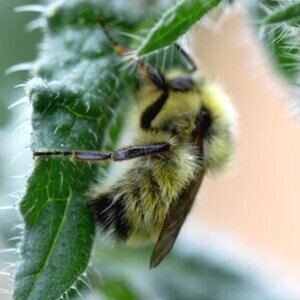
Yellow-Fronted Bumble Bee (Bombus flavifrons)

Sitka Bumble Bee (Bombus sitkensis)

Fuzzy-Horned Bumble Bee (Bombus mixtus)

California Bumble Bee (Bombus californicus)
Birds
We are practiced birders in Orgeon, but also attract them to our garden by adding native plants and water features. We built a robust feeding station we call ‘Tweet Tomatoes’ that supports numerous feeders and is in close viewing distance of the catio. Our garden has had over 50 species of birds so far… All of the bird species pictured below have been spotted in our garden, at our feeders, or flying overhead. We keep this list updated to help us keep track of all our sightings.
We created this key so you can see which birds below frequent our garden and which are more rare sightings:
VC - Very Common (Daily)
C - Common (Weekly)
U - Uncommon (Monthly)
R - Rare (Quarterly or Migratory)
VR - Very Rare (No more than 1-2x a Year)
Nearly all of these photos were taken by us of our birdie sightings in the garden or at a nearby refuge. Only the few identified as *** PLACEHOLDER are public photos, while we work to capture our own.
![American Goldfinch [C]](https://images.squarespace-cdn.com/content/v1/680faa15a163e24569029a32/96268c86-60a5-4f09-aecd-3441312ad67b/goldfinch.jpg)
American Goldfinch [C]
![Lesser Goldfinch [VC]](https://images.squarespace-cdn.com/content/v1/680faa15a163e24569029a32/a24ec894-660f-42d3-9535-f51f4f319404/lesser.jpg)
Lesser Goldfinch [VC]
![Pine Siskin [C]](https://images.squarespace-cdn.com/content/v1/680faa15a163e24569029a32/eac4d7ae-9249-43c2-8463-c09a2ecb946f/_44A8558-Enhanced-web.jpg)
Pine Siskin [C]
![Purple Finch [C]](https://images.squarespace-cdn.com/content/v1/680faa15a163e24569029a32/9eb77b2f-50a7-463d-aa48-63eb7754e3bc/IMG_7906.jpg)
Purple Finch [C]
![Purple Finch - rare orange morph! [VR]](https://images.squarespace-cdn.com/content/v1/680faa15a163e24569029a32/169413bf-406e-4436-b28d-7aa0f23f8565/orange_morph.jpg)
Purple Finch - rare orange morph! [VR]
![House Finch [VC]](https://images.squarespace-cdn.com/content/v1/680faa15a163e24569029a32/aa952938-9e62-4582-9104-ccc68f9bd773/house_sparrow.jpg)
House Finch [VC]
![Dark-eyed Junco [VC]](https://images.squarespace-cdn.com/content/v1/680faa15a163e24569029a32/c8e04fde-906f-4ce3-a2f5-6b908988489e/junco.jpg)
Dark-eyed Junco [VC]
![Chestnut-backed Chickadee [VC]](https://images.squarespace-cdn.com/content/v1/680faa15a163e24569029a32/cd394f0a-3a94-4154-a188-08fbdc5256c9/chestnut.jpg)
Chestnut-backed Chickadee [VC]
![Black-capped Chickadee [VC]](https://images.squarespace-cdn.com/content/v1/680faa15a163e24569029a32/db1258c8-711b-4f36-83f7-02bbe39fcfe6/F87A1124.jpeg)
Black-capped Chickadee [VC]
![Evening Grosbeak [VR]](https://images.squarespace-cdn.com/content/v1/680faa15a163e24569029a32/1b88da7e-d43b-446b-989c-fb7de8349677/evening_grosbeak.jpg)
Evening Grosbeak [VR]
![Black-headed Grosbeak [R]](https://images.squarespace-cdn.com/content/v1/680faa15a163e24569029a32/1c996f2d-9ccc-48ae-b50f-dc94790dc254/bhgrosbeak.jpg)
Black-headed Grosbeak [R]
![Spotted Towhee [VC]](https://images.squarespace-cdn.com/content/v1/680faa15a163e24569029a32/60c86388-67a4-44eb-b42d-158de534a29d/towhee.jpg)
Spotted Towhee [VC]
![Western Tanager [R]](https://images.squarespace-cdn.com/content/v1/680faa15a163e24569029a32/09aaed26-bcfc-40f2-a991-330d298fbd1c/tanager.jpg)
Western Tanager [R]
![White-breasted Nuthatch [U]](https://images.squarespace-cdn.com/content/v1/680faa15a163e24569029a32/b9c0a381-4cb4-4d73-a293-1062e246babe/Screenshot%2B2024-03-24%2Bat%2B8.48.13%2BPM.jpg)
White-breasted Nuthatch [U]
![Red-breasted Nuthatch [C]](https://images.squarespace-cdn.com/content/v1/680faa15a163e24569029a32/2c95bfb2-2b9e-4575-b535-57e5fdbeb849/nuthatch.jpg)
Red-breasted Nuthatch [C]
![Bushtit [C]](https://images.squarespace-cdn.com/content/v1/680faa15a163e24569029a32/230d6db1-e36f-437c-97e0-090417d450a1/2023041819113880-6473607703279417010-.jpg)
Bushtit [C]
![Bewick’s Wren [U]](https://images.squarespace-cdn.com/content/v1/680faa15a163e24569029a32/71ec47d4-eeb1-4744-96c1-c2fb51d72cde/Screenshot%2B2024-03-24%2Bat%2B8.46.41%2BPM.jpg)
Bewick’s Wren [U]
![Mourning Dove [VC]](https://images.squarespace-cdn.com/content/v1/680faa15a163e24569029a32/1c83cc53-1377-40b7-ab29-11851d939198/dove.jpg)
Mourning Dove [VC]
![Golden-crowned Kinglet [VR]](https://images.squarespace-cdn.com/content/v1/680faa15a163e24569029a32/331fc717-ddc2-4b80-a409-9c31e2235357/golden_crowned_kinglet.jpg)
Golden-crowned Kinglet [VR]
![Ruby-crowned Kinglet [VR]](https://images.squarespace-cdn.com/content/v1/680faa15a163e24569029a32/71c0b4f3-184f-4ce7-b02a-1ddc39993150/20250124-_87A0691.jpg)
Ruby-crowned Kinglet [VR]
![Tree Swallow [U]](https://images.squarespace-cdn.com/content/v1/680faa15a163e24569029a32/d1b862c9-1361-4f82-9e0c-121e614fc530/_87A4513-CR3_DxO_DeepPRIMEXD.jpg)
Tree Swallow [U]
![Violet-green Swallow [U] *** PLACEHOLDER](https://images.squarespace-cdn.com/content/v1/680faa15a163e24569029a32/42762d9d-8ac8-4cdc-9b84-832e2c55d2b1/550px-Violet_Green_Swallow_6-11-2017.jpg)
Violet-green Swallow [U] *** PLACEHOLDER
![Western Wood Peewee [VR] *** PLACEHOLDER](https://images.squarespace-cdn.com/content/v1/680faa15a163e24569029a32/de2e2644-b914-43ec-9dec-f0adc504929d/westernwoodpeewee.jpg)
Western Wood Peewee [VR] *** PLACEHOLDER
![Hutton’s Vireo [R]](https://images.squarespace-cdn.com/content/v1/680faa15a163e24569029a32/3d47ec0b-5393-4507-a287-13ef14a20b16/square_PNG87.png)
Hutton’s Vireo [R]
![Townsend’s Warbler [R]](https://images.squarespace-cdn.com/content/v1/680faa15a163e24569029a32/bf6d5a97-195e-4099-87de-6e5b0ef097a7/IMG_7749.jpg)
Townsend’s Warbler [R]
![Yellow-rumped Warbler [R]](https://images.squarespace-cdn.com/content/v1/680faa15a163e24569029a32/690d17c4-5dc5-4ab5-b987-2d70e3385704/yellow-rumped-warbler.jpg)
Yellow-rumped Warbler [R]
![Wilson’s Warbler [VR] *** PLACEHOLDER](https://images.squarespace-cdn.com/content/v1/680faa15a163e24569029a32/673cd621-d218-4464-845f-2b4f823e8eb4/wilsons1.jpg)
Wilson’s Warbler [VR] *** PLACEHOLDER
![Golden-crowned Sparrow [R]](https://images.squarespace-cdn.com/content/v1/680faa15a163e24569029a32/461859a5-54a6-430e-98e4-1de7323bf574/goldencrownedsparrow.jpg)
Golden-crowned Sparrow [R]
![Song Sparrow [VC]](https://images.squarespace-cdn.com/content/v1/680faa15a163e24569029a32/80b19dfa-fac4-4329-98b0-d24d040b21ba/songsparrow.jpg)
Song Sparrow [VC]
![House Sparrow [R]](https://images.squarespace-cdn.com/content/v1/680faa15a163e24569029a32/1747097230703-MQHI2AZ51YMK1U11GYKR/IMG_2444.jpg)
House Sparrow [R]
![White-crowned Sparrow [R]](https://images.squarespace-cdn.com/content/v1/680faa15a163e24569029a32/c7e25c23-fe96-4d87-87ff-10451e733a54/_87A3716.jpg)
White-crowned Sparrow [R]
![Anna’s Hummingbird [VC]](https://images.squarespace-cdn.com/content/v1/680faa15a163e24569029a32/ae2f1440-f09f-4fdc-806c-08696c06d4da/F87A2740.jpg)
Anna’s Hummingbird [VC]
![Rufous Hummingbird [R]](https://images.squarespace-cdn.com/content/v1/680faa15a163e24569029a32/ef820265-6e3d-4577-a8e1-4fb641ad2d74/_87A6079-CR3_DxO_DeepPRIMEXD.jpg)
Rufous Hummingbird [R]
![Red-Shafted Northern Flicker [VC]](https://images.squarespace-cdn.com/content/v1/680faa15a163e24569029a32/2d4310fa-eb0b-4e44-91fd-e650ebcd857c/flicker.jpg)
Red-Shafted Northern Flicker [VC]
![Downy Woodpecker [U]](https://images.squarespace-cdn.com/content/v1/680faa15a163e24569029a32/385cb933-a3c4-47d9-9815-cc6b8d243c93/downy.jpg)
Downy Woodpecker [U]
![Hairy Woodpecker [R]](https://images.squarespace-cdn.com/content/v1/680faa15a163e24569029a32/e82d9a97-99fa-48f0-91f4-7b4da1f03564/_87A7509-CR3_DxO_DeepPRIMEXD.jpg)
Hairy Woodpecker [R]
![Western Scrub Jay [VC]](https://images.squarespace-cdn.com/content/v1/680faa15a163e24569029a32/bb9cc457-4d88-4713-a3e9-c84745b41f36/_87A2345-Edit%2B2%2B%281%29.jpg)
Western Scrub Jay [VC]
![Steller’s Jay [C]](https://images.squarespace-cdn.com/content/v1/680faa15a163e24569029a32/890beb09-5ad8-4138-9882-ec9c904bf550/_87A3368-Edit.jpg)
Steller’s Jay [C]
![American Crow [C] *** PLACEHOLDER](https://images.squarespace-cdn.com/content/v1/680faa15a163e24569029a32/e11cb462-f71a-447d-9d2f-eae13fc08304/crow.jpg)
American Crow [C] *** PLACEHOLDER
![Brown-headed Cowbird [VR]](https://images.squarespace-cdn.com/content/v1/680faa15a163e24569029a32/1747097838079-UXUSC7JUIOUU9500R72A/_87A2874-DxO_DeepPRIME%252BXD2s_XD.jpg)
Brown-headed Cowbird [VR]
![American Robin [U]](https://images.squarespace-cdn.com/content/v1/680faa15a163e24569029a32/7a5088bc-7e55-4bda-a82d-675c47eddf1c/_87A3591-Enhanced-NR.jpg)
American Robin [U]
![Varied Thrush [R]](https://images.squarespace-cdn.com/content/v1/680faa15a163e24569029a32/4869999d-334f-4d0e-9b25-9778797c3182/varied_thrush.jpg)
Varied Thrush [R]
![Cedar Waxwing [R]](https://images.squarespace-cdn.com/content/v1/680faa15a163e24569029a32/584c0ef7-52ef-4b47-b147-f4f08f8b532e/bohemian_waxwing.jpg)
Cedar Waxwing [R]
![Sharp-shinned Hawk [C]](https://images.squarespace-cdn.com/content/v1/680faa15a163e24569029a32/c6a71908-2b14-426e-afa1-2a6aef05160f/sharpshinnedhawk.png)
Sharp-shinned Hawk [C]
![Cooper’s Hawk [U]](https://images.squarespace-cdn.com/content/v1/680faa15a163e24569029a32/9da23af2-ea3b-41fe-befc-2aeb975fad63/_87A7599.jpg)
Cooper’s Hawk [U]
![Bald Eagle [R]](https://images.squarespace-cdn.com/content/v1/680faa15a163e24569029a32/83da7e0e-29a6-4cc0-8793-f5545688b1df/Screenshot%2B2024-03-24%2Bat%2B8.42.56%2BPM.jpg)
Bald Eagle [R]
![Great Horned Owl [VR] *** PLACEHOLDER](https://images.squarespace-cdn.com/content/v1/680faa15a163e24569029a32/308b2f23-4eba-4a98-8ca2-e015fe731016/greathornedowl.jpg)
Great Horned Owl [VR] *** PLACEHOLDER
![Turkey Vulture [U]](https://images.squarespace-cdn.com/content/v1/680faa15a163e24569029a32/7c455c4f-0e27-47ab-9c1a-6d0f14573585/Screenshot%2B2024-03-24%2Bat%2B8.39.36%2BPM.jpg)
Turkey Vulture [U]
![Red-tailed Hawk [C]](https://images.squarespace-cdn.com/content/v1/680faa15a163e24569029a32/61e04d4f-cf5e-4034-9e88-f159aae2baef/Screenshot%2B2024-03-24%2Bat%2B8.44.36%2BPM.jpg)
Red-tailed Hawk [C]
![Osprey [VR]](https://images.squarespace-cdn.com/content/v1/680faa15a163e24569029a32/7ead4ccc-33f3-4211-a9d4-13b0a1867cd8/Screenshot%2B2024-03-24%2Bat%2B8.41.23%2BPM.jpg)
Osprey [VR]
![Mallard [R]](https://images.squarespace-cdn.com/content/v1/680faa15a163e24569029a32/d69061bc-a495-4515-9ac5-de66e4451940/_87A8362-2-CR3_DxO_DeepPRIMEXD.jpg)
Mallard [R]
![Northern Harrier [U]](https://images.squarespace-cdn.com/content/v1/680faa15a163e24569029a32/214cc911-0b6a-489f-ad72-afcac975c7aa/Screenshot%2B2024-03-24%2Bat%2B8.50.16%2BPM.jpg)
Northern Harrier [U]
![Great Blue Heron [R]](https://images.squarespace-cdn.com/content/v1/680faa15a163e24569029a32/93e02414-26d9-458a-b914-f139ecb8c0a5/_87A9930.jpg)
Great Blue Heron [R]
![Canada Goose [R]](https://images.squarespace-cdn.com/content/v1/680faa15a163e24569029a32/f292271c-4509-4737-b474-f39ba3a3345a/Screenshot%2B2024-03-24%2Bat%2B8.53.41%2BPM.jpg)
Canada Goose [R]
![Cackling Goose [R]](https://images.squarespace-cdn.com/content/v1/680faa15a163e24569029a32/2fdec28b-0bc6-45a6-9c72-d3804d370536/Screenshot%2B2024-03-24%2Bat%2B8.51.45%2BPM.jpg)
Cackling Goose [R]
![Western Gull [VR]](https://images.squarespace-cdn.com/content/v1/680faa15a163e24569029a32/18eeb81d-7de8-4933-8408-11cf817b7254/westerngull_EF_2.jpg)
Western Gull [VR]
And more!
We record most of our wildlife observations on iNaturalist under our personal project ‘Oregarden’. Below are a few more sightings, but we’ve spotted over 200 species in our garden!

European Paper Wasp (non-agressive, good pest control)

Bald-faced Hornet (aggressive)

Mexican Grass-carrying Wasp (peaceful)
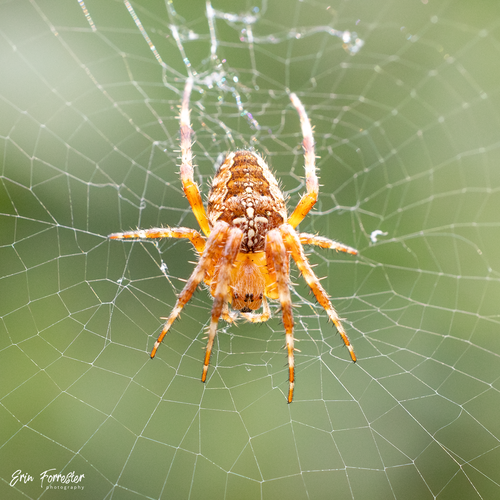
Cross Orbweaver

Goldenrod Crab Spider
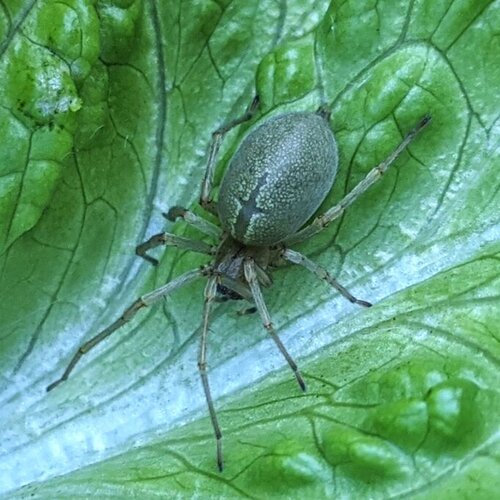
Long-legged Sac Spider

Zebra Jumping Spider

Rodent Bot Fly (predatory species that attacks rodents, including squirrels and chipmunks)

Complex Volucella bombylans (large hoverfly species and bumblebee mimic)
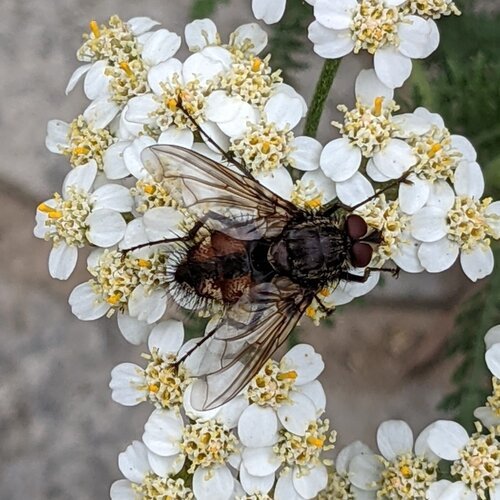
Bristle Fly
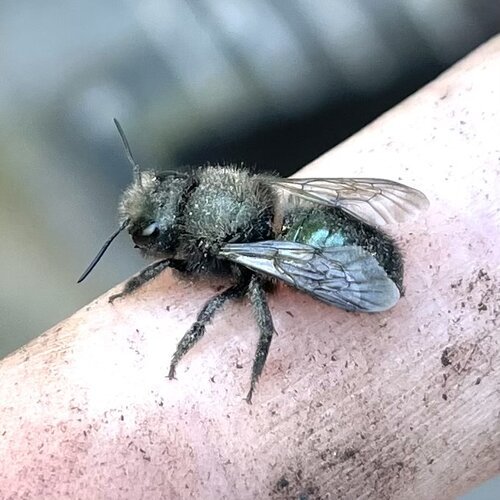
Mason Bee

Leafcutter Bee

Peridot Sweat Bee

Convergent Lady Beetle (native!)
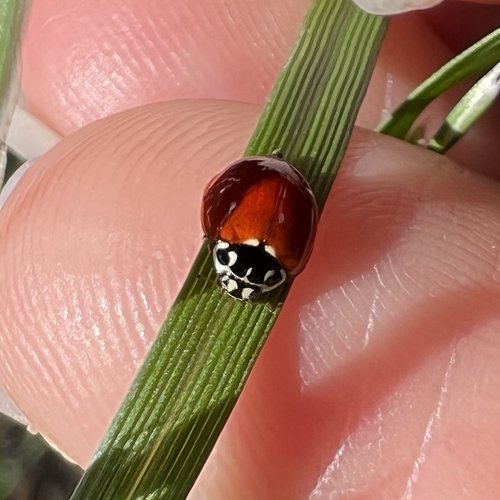
Western Polished Lady Beetle (native!)
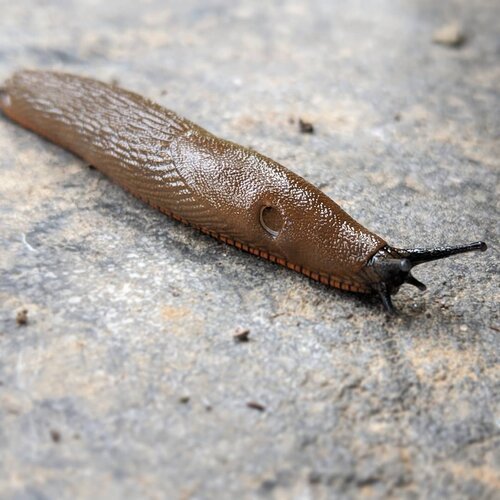
Arion Slug

Yellow Cellar Slug

Leopard Slug

Field Slug
